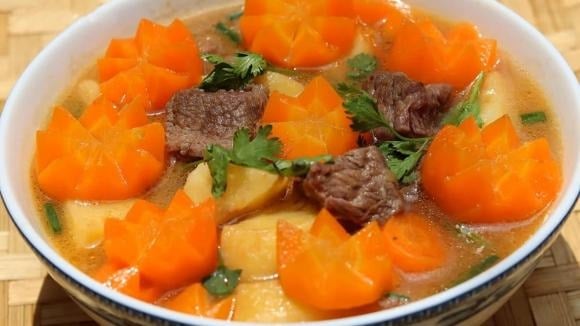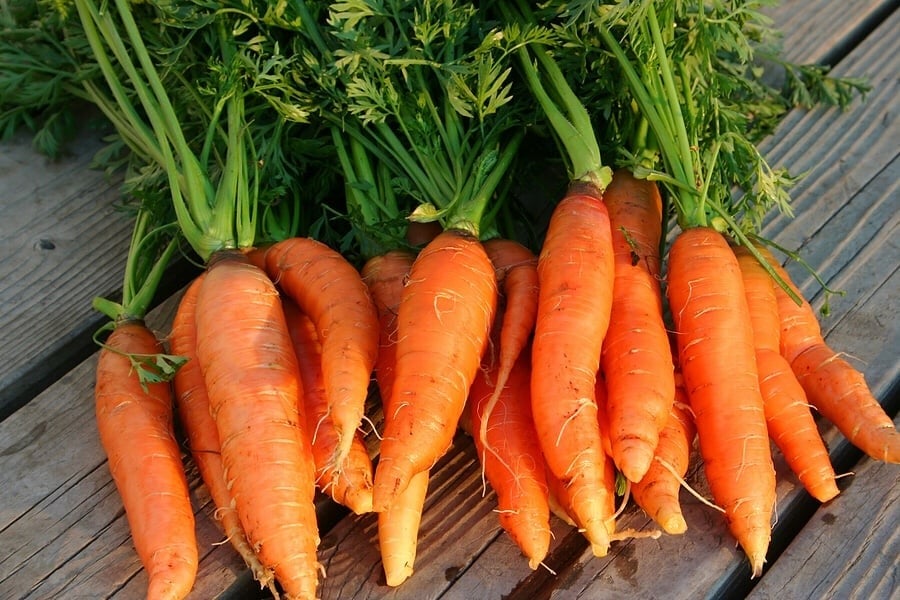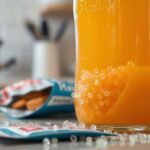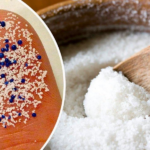Microplastics: A Hidden Health Hazard in Our Daily Diet
According to experts in the field of food technology, microplastics are pervasive in our environment. Recently, researchers have discovered that a familiar vegetable commonly consumed by many Vietnamese families contains high levels of microplastic particles.
Concerns about the negative impact of microplastics on human health are growing. What’s even more worrying is that these tiny particles are not only present in the environment but are also lurking in our daily food intake.
A study published in the Women’s Newspaper revealed that among the surveyed vegetables, carrots topped the list in terms of microplastic density, with a staggering figure of over 100,000 microplastic particles per gram of carrot.

PGS.TS Nguyen Duy Thinh, a food technology expert, stated that microplastics are ubiquitous, from the oceans to the land, and can be found in the air we breathe, the water we drink, and even in the food we consume daily. They have been detected in seawater, lakes, air, soil, vegetables, and even cosmetics and clothing. Microplastics are becoming increasingly prevalent and a global concern.
According to Professor Thinh, due to their widespread presence in the environment, microplastics can infiltrate crops through contaminated irrigation water and soil. Carrots, being a root vegetable, may absorb these particles through their roots if grown in an unsterile environment.

Not just carrots, but other root vegetables like turnips, sweet potatoes, radishes, and potatoes also face similar risks. Additionally, during growth or post-harvest, microplastics suspended in the air can adhere to the surface of these vegetables. The use of plastic bags and packaging further increases the likelihood of microplastic contamination.
However, Professor Thinh emphasized that scientific evidence on the specific health impacts of microplastics is not yet conclusive. Carrots remain a nutritious food, rich in vitamins, and should continue to be part of our daily diet.
To minimize microplastic intake, the expert offered the following practical recommendations:
Thoroughly wash vegetables under running water to remove microplastics and external contaminants.
Peel off the outer layer of the vegetable, as it is most likely to accumulate microplastics.
Choose produce from trusted sources, favoring organic farming practices that minimize chemical use and environmental pollution.
Additionally, he encouraged consumers to be more conscious in their use of plastic products, advocating for a reduction in single-use plastic bags and bottles, as well as overall plastic waste. This, he believes, is the most effective way to mitigate microplastic pollution and safeguard our long-term health.
The Ultimate Spice Blend: Unveiling the Secret to Vietnam’s Culinary Magic
Introducing the two essential spices, packed with microplastic particles, that are indispensable in any Vietnamese kitchen. These spices are beloved by locals for their unique ability to elevate any dish with their distinct flavors. With just a sprinkle, they can transform mundane meals into culinary masterpieces. But are we really aware of the hidden dangers lurking in these seemingly innocent spices? It’s time to uncover the truth and make informed choices for a healthier future.






































